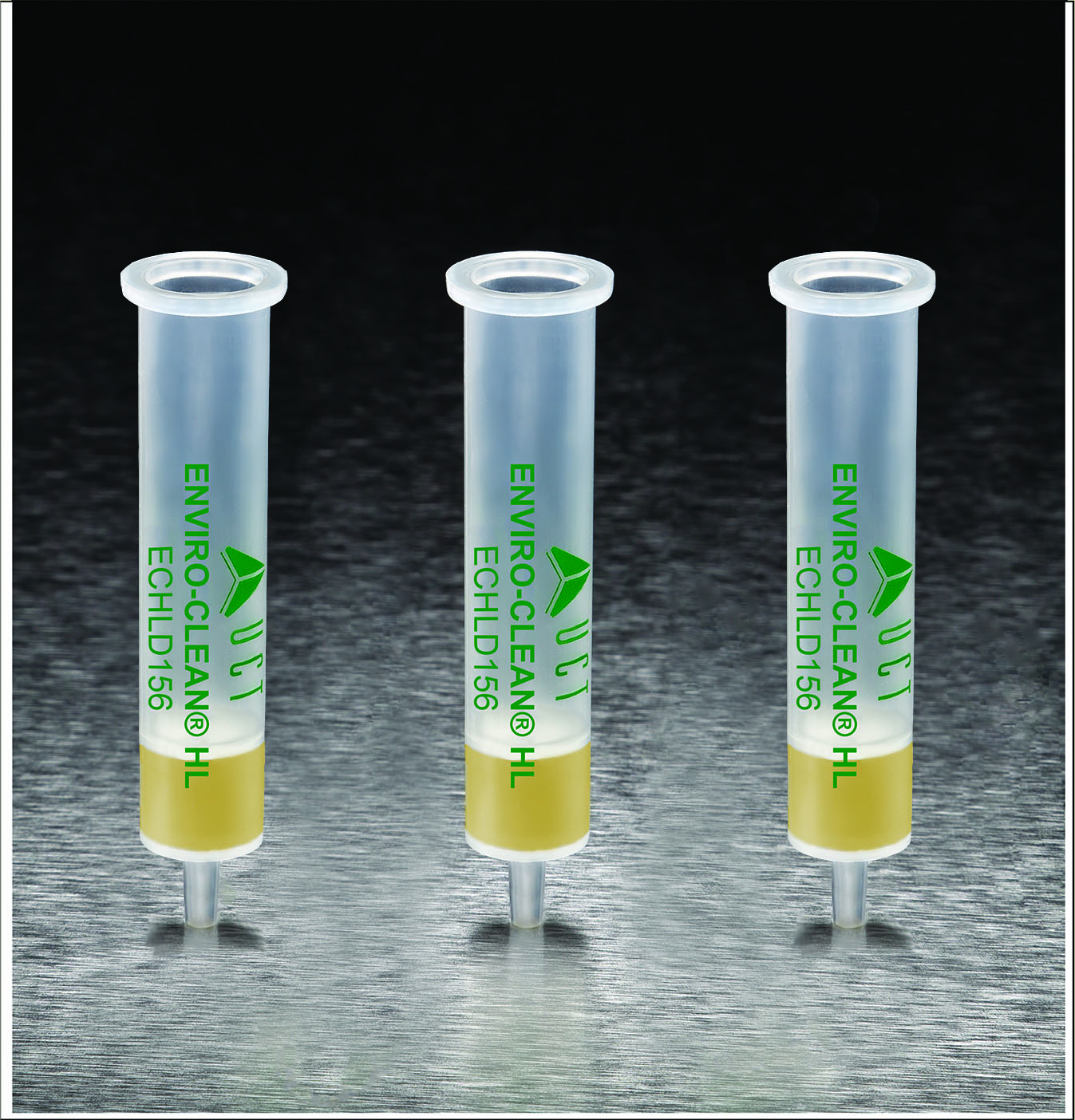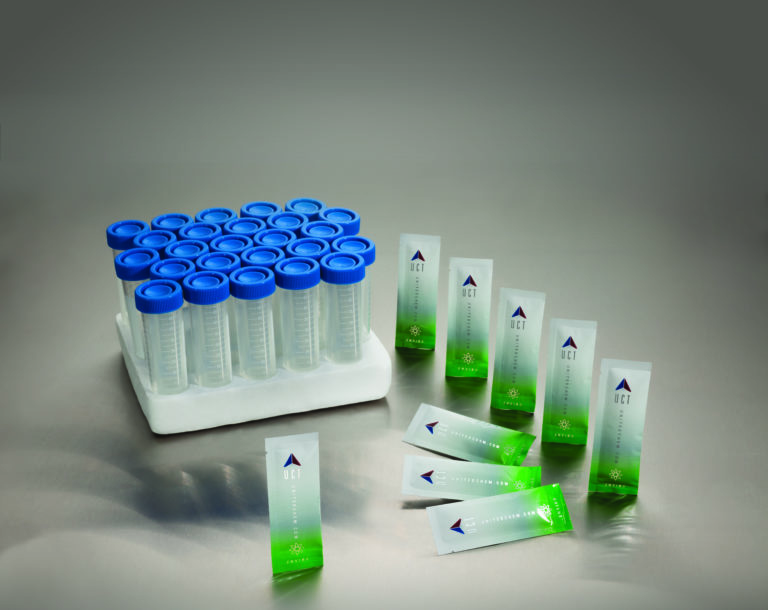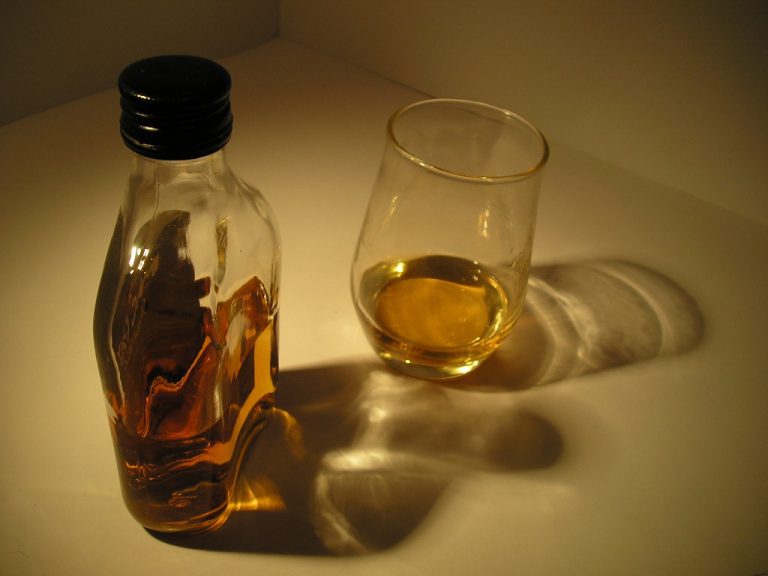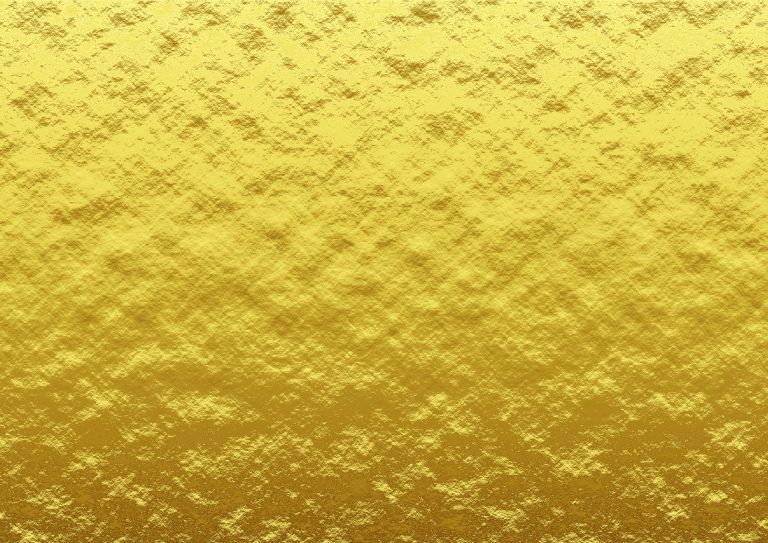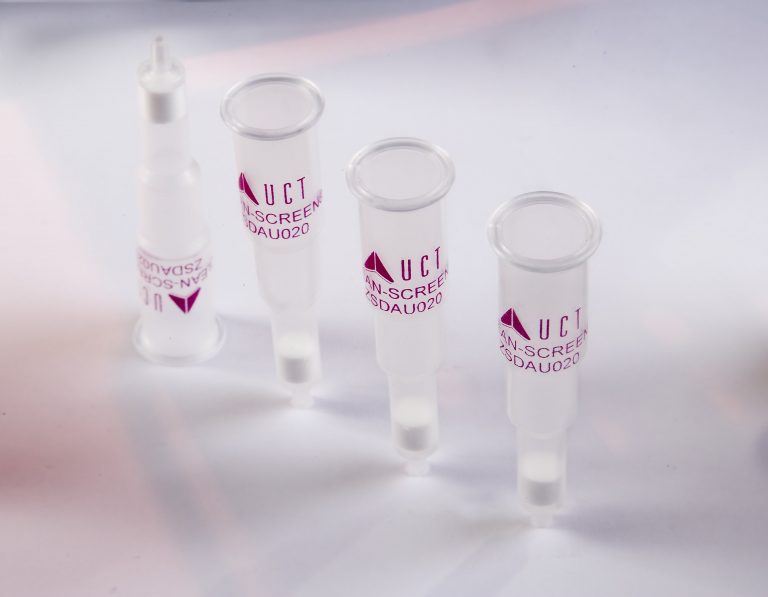UCT Enviro-Clean® HL-DVB SPE Sorbent Cited in Anticoccidial Study
Anticoccidials, interchangeably referred to as coccidiostats, are used to control coccidiosis and other protozoan infections in food producing animals. Coccidiosis is a parasitic intestinal disease caused by protozoa of the genus Eimeria. Anticoccidials can be classified into two main groups: the ionophores which are naturally occurring polyether antibiotic type compounds, and the synthetic/chemical anticoccidials. Chemical anticoccidials are generally used at much lower concentrations compared to the ionophores, given that they have higher efficacy toward the parasites.
In a recent paper authored by D. Mooney et al., ((Journal of Chromatography A (https://doi.org/10.1016/j.chroma.2020.460857), UCT’s Enviro-Clean® HL-DVB solid phase extraction (SPE) Sorbent was employed in the development and validation of a sensitive and selective method for the determination of 26 anticoccidial compounds (six ionophores and twenty chemical coccidiostats) in surface and groundwater samples at parts-per-quadrillion (pg per Liter ) to parts-per-trillion (ng per Liter ) levels by ultra-high performance liquid chromatography with tandem mass spectrometry detection (UHPLC-MS/MS). A range of different SPE columns were evaluated to enhance selectivity and retention of a number of highly polar and basic anticoccidials along with other non-polar coccidiostats and UCT’s Enviro-Clean® HL-DVB was found to perform best.
In the European Union (EU), there are 11 anticoccidials licensed as feed additives under Regulations 1831/2003/EC for use on intensively reared species, primarily poultry (broilers, turkeys, and layers), where the substance is administered in feed. These include several ionophores. The method was successfully validated for 26 anticoccidials, at four concentration levels, in accordance to European Commission Decision 2002/657/EC and SANTE/11813/2017 guidelines.

